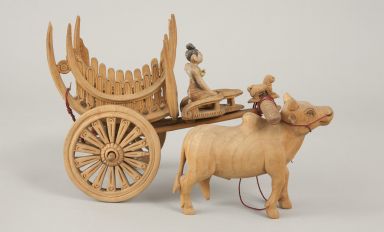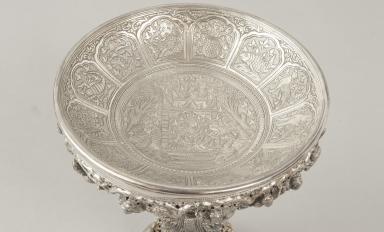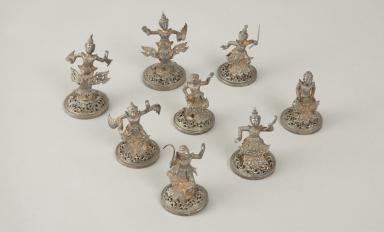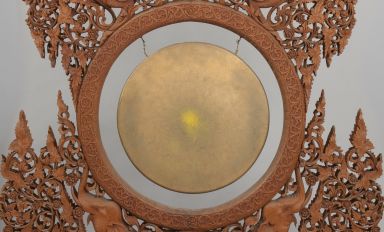
Craft
The making of the artefacts collected from Burma and now held in the Museum involved a range of different skills and techniques. Many local handicrafts had a long heritage in the country, such as carving, gilding and lacquering used to produce Buddha figures displayed in pagodas. These items were collected by British imperial actors as examples of Burmese traditional skill and religious beliefs. During colonial rule handicrafts remained important, but there were also newer markets for these hand-made goods. Items were now made for
British consumers too. The objects brought to Bristol range from simple wooden models of bullock carts, to elaborate table decorations. Often these goods incorporated Burmese design motifs. Skilled Burmese producers made goods especially for British tastes, adapting their designs and developing new techniques in the process. The objects held by the Bristol Museum reveal a particular Anglo-Burmese style that was brought about by colonial rule, as well as demonstrating the longer history of Burmese handicrafts.








